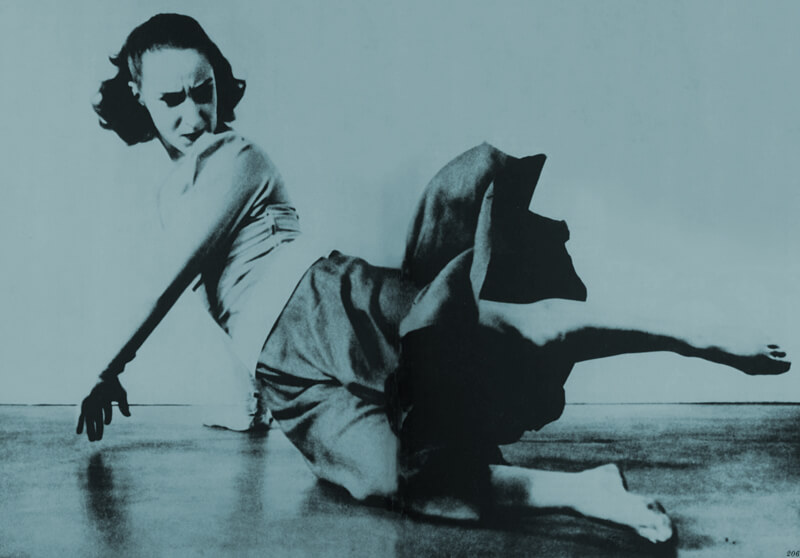A wide variety of expressions of modernisms developed in different forms of dance worldwide. In the West, modernisms extend from the canon of white modern dance to various forms of Afrodiasporic and Pan-African modern dance, left-wing revolutionary dance or dance in cabarets, and many new social dances. From the outset, these modern dances were highly transnational, interacting across national borders and genres as dancers travelled to tour and train. In addition, many artists worked in different environments, deliberately disregarding differences between “art” and “entertainment.”
Riikka Laakso: Developments of Dance Modernisms from the 20th Century Onwards
- Multiple Modernism
- Early 20th Century Body and Dance
- Cabaret and Charleston as Expressions of Modernism – Josephine Baker
- Flourishing Dance of the Weimar Republic
- Weimar Cabaret
- Free Dance, Dance Education and Movement Choirs – Rudolf Laban
- Laban’s Theories and Labanotation
- Dynamic Body and Space – Mary Wigman
- Mary Wigman’s Methods and International Influence
- Dance in National Socialist Germany
- Early Dance Theatre – Kurt Jooss
- Interaction Across the Atlantic – Hanya Holm
- Development of White Modern Dance in the United States
- Revolutionary and Leftist Dance – Anna Sokolow
- Dance between Individual and Group – Doris Humphrey
- Doris Humphrey’s Theory of Choreography
- The Mythical Martha Graham
- Martha Graham’s International Success: Psychoanalysis, Fascism, Nationalism
- Martha Graham’s Artistic Collaborations
- Graham Technique
- Conclusion
Johanna Laakkonen: Hellerau and Transnational Modern Dance
- From Rhythmic Gymnastics to Dance
- Forgotten Hellerau
Hanna Väätäinen: Afrodiasporic and Pan-African Modern Dance
- Danced Protests against Violence
- Afrodiasporic Aesthetics
- Pan-African Modern Dance
Riikka Laakso: Merce Cunningham: 65 Years of Rethinking Choreography and Artistic Coexistence
- Dance, Movement, Technique
- Chance, Methods, Technology and Decision
- Music, Costume, Stage
- Conclusion
Jana Unmüßig: Pioneering African Modern Dance: Germaine Acogny
- Navigating Africanness and the Francophone dance field
- Mudra Afrique: institutionalisation of Pan-African modern dance and its pedagogy
- Technique Acogny: codified dance language
- École des Sables: a transnational meeting point for contemporary African dance
- Choreography and artistic collaborations
- The nexus of politics and art: Léopold Senghor’s Senegalese Négritude and Germaine Acogny’s modernism
- Conclusion
